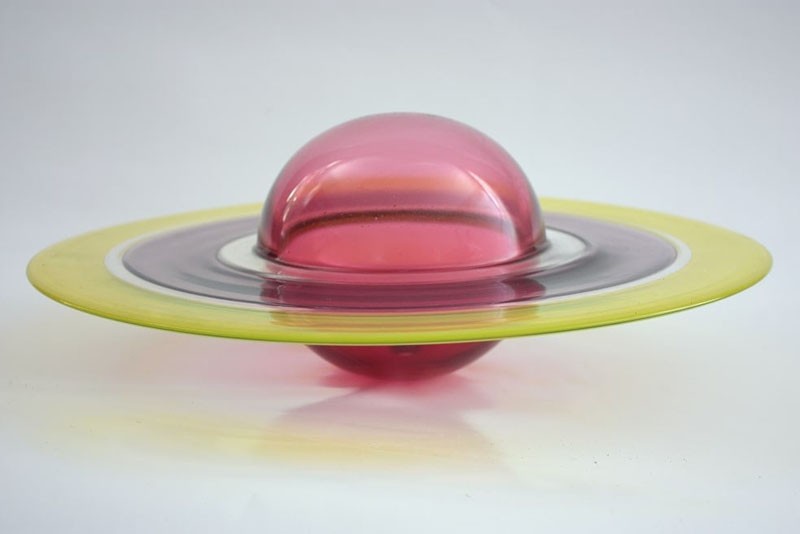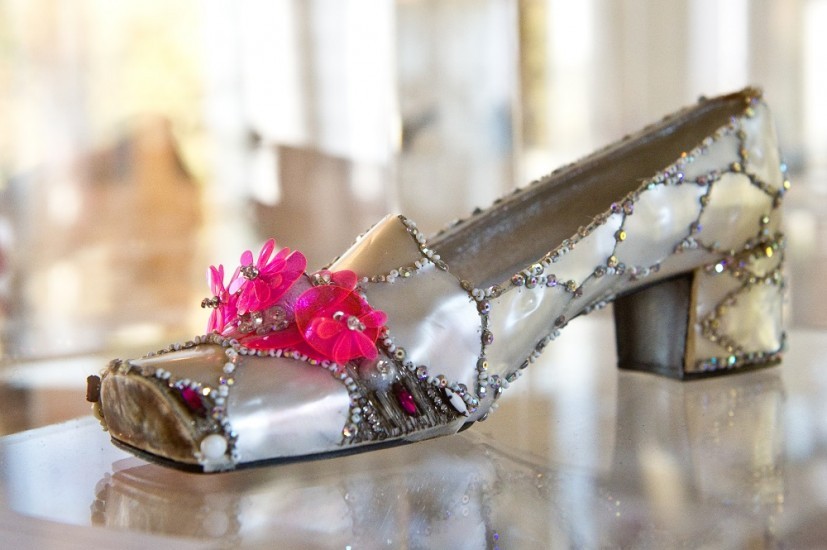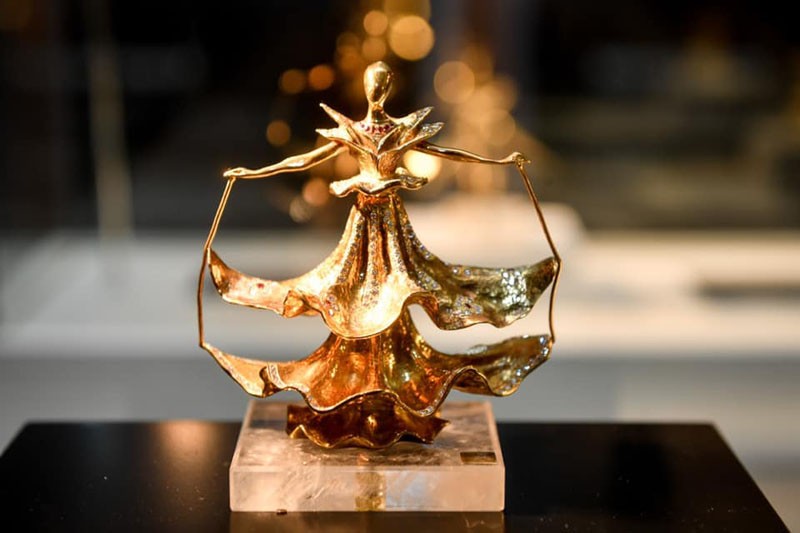Veneto’s crafts range from glass blowing to ceramics, from jewellery-making to art furniture and lace, not to mention the local processing of marble, stone and metals and high-quality production of footwear and leather goods.
Murano’s artistic glass, for example, is world famous: its history dates back to the thirteenth century, when the Serenissima moved all its furnaces from Venice’s historical centre to the island of Murano, for safety reasons. This transformed the island into an open-air creativity factory, a place where master glass-blowers have skilfully been combining silica with fire for centuries.
Still today, the union between this material, silica, and element, fire, continues to give rise to extraordinary works of art, ranging from glasses to trophies, from vases to chandeliers, right through to items of jewellery.

The Venetian lagoon is also symbolised by its typical boats, linked to the maritime tradition of the Serenissima. From the famous and sinuous gondolas to the boats used to transport goods, known as ‘topi’ (literally, 'mice’), from ‘bragozzo’ fishing boats to the 'batela alla caorlina’ rowing boats, from flat-bottomed ‘sampierota’ to the ‘gondolino’ used in Venetian regattas: all officially recognised as ‘Typical boats of the Venetian Lagoon’ thanks to their historical and cultural value.
One of the largest international centres for the production of high-fashion footwear can be found along the Brenta Riviera. This is home to a very prestigious manufacturing district where shoes are produced on behalf of major international fashion houses, following on the centuries-old tradition linked to the “calegheri”, the shoemakers who once worked for the Venetian nobles. The industrial turning point came in 1898, when Giovanni Luigi Voltan, after gaining experience in America, set up Italy's first mechanised shoe-making plant in Stra.

Este, a town just outside Padua, is well-known for the fine art of ceramics, boasting some of the oldest and most famous pieces in Europe. Fruit and vegetables are among the most characteristic decorations, in line with the classic tradition. Other important towns include Bassano del Grappa and Nove, in the Vicenza area. In particular, Nove is famous worldwide as "The City of Ceramics" with a tradition dating back almost three centuries; the Museum of Ceramics here is well worth a visit.
Vicenza, on the other hand, is a world capital of goldsmithing. This great tradition has its roots in the Middle Ages: in fact, the ‘Fraglia’ Charter of Goldsmiths of Vicenza was signed back in 1300, the first official document confirming the existence of a guild, made up of around 150 artisans. Over the centuries, Vicenza's master goldsmiths have successfully combined creativity, tradition and innovation, creating unique, sophisticated and original jewellery. Some of these wonderful creations can be admired at the Jewellery Museum, housed inside the Palladian Basilica.

The Veneto region also has a long tradition of woodworking, with traces of this art dating back as far as 1800. Around Vicenza, this craft is mainly practised in Bassano del Grappa, while in the Verona area, Cerea is the cradle of art furniture. The exclusive use of superior materials combined with incredibly high quality decorations, marquetry and carving, as well as the sophisticated style and design of each ‘artistic piece’, have put these two provinces at the heart of Italy's woodworking craft culture.